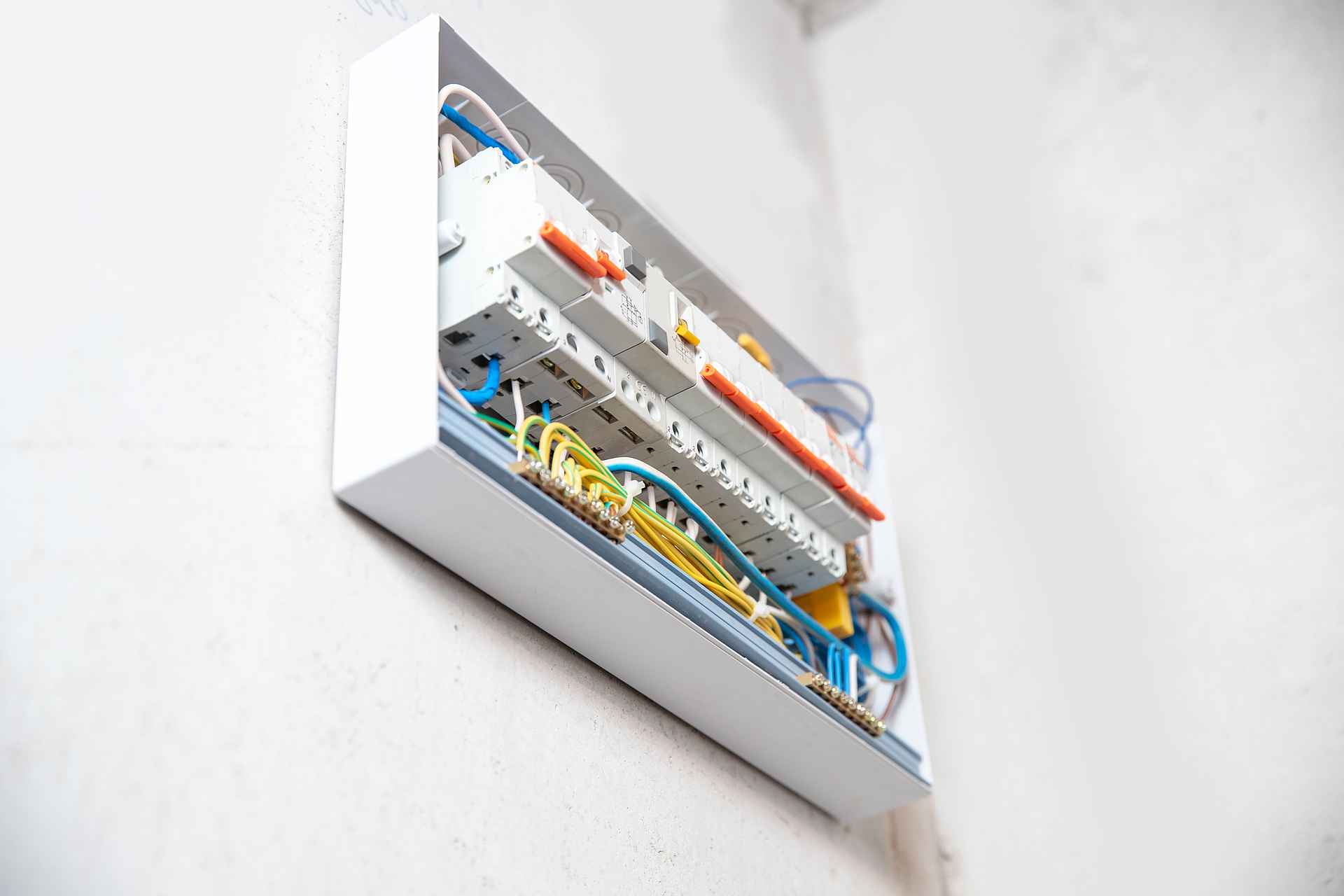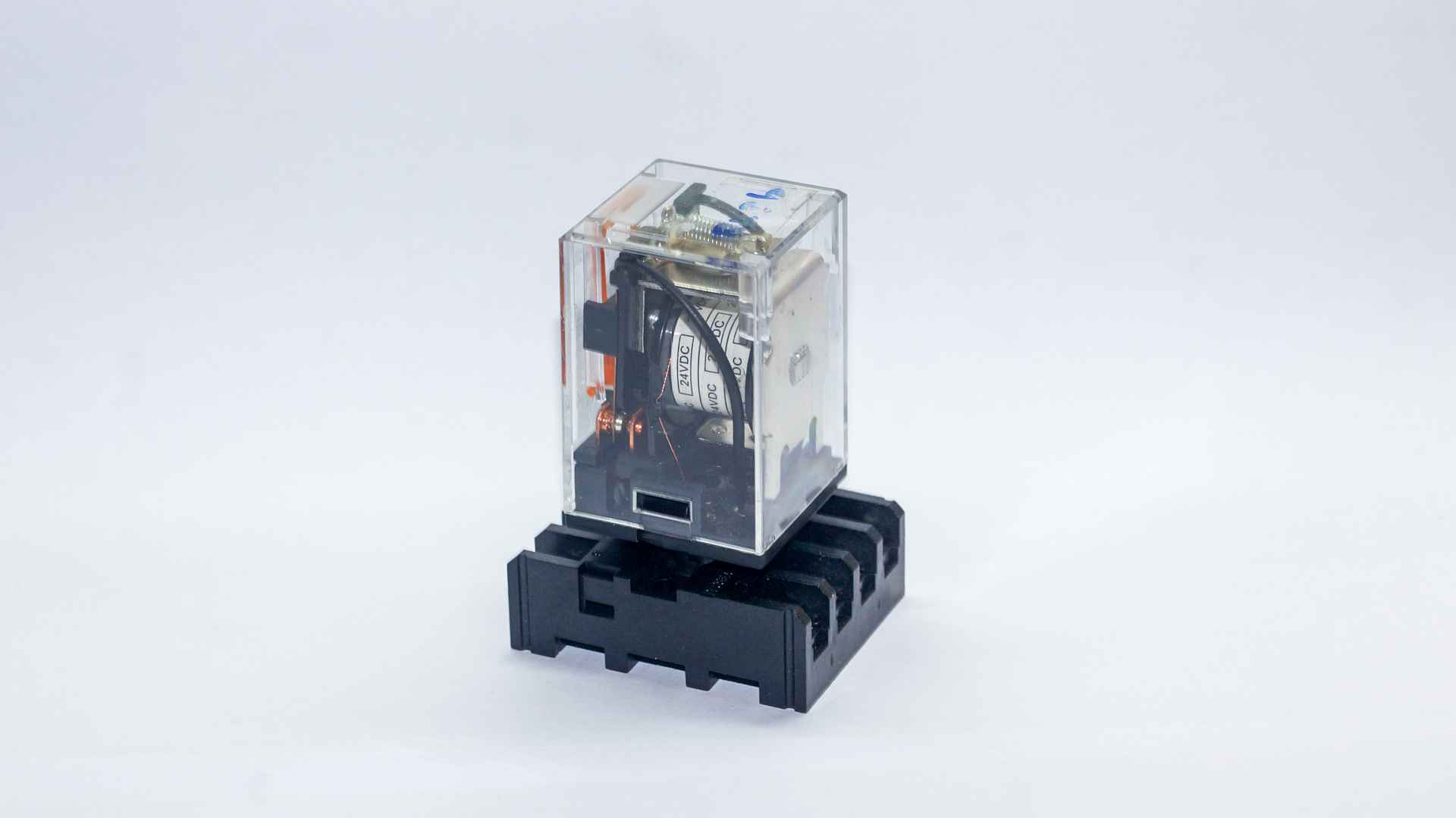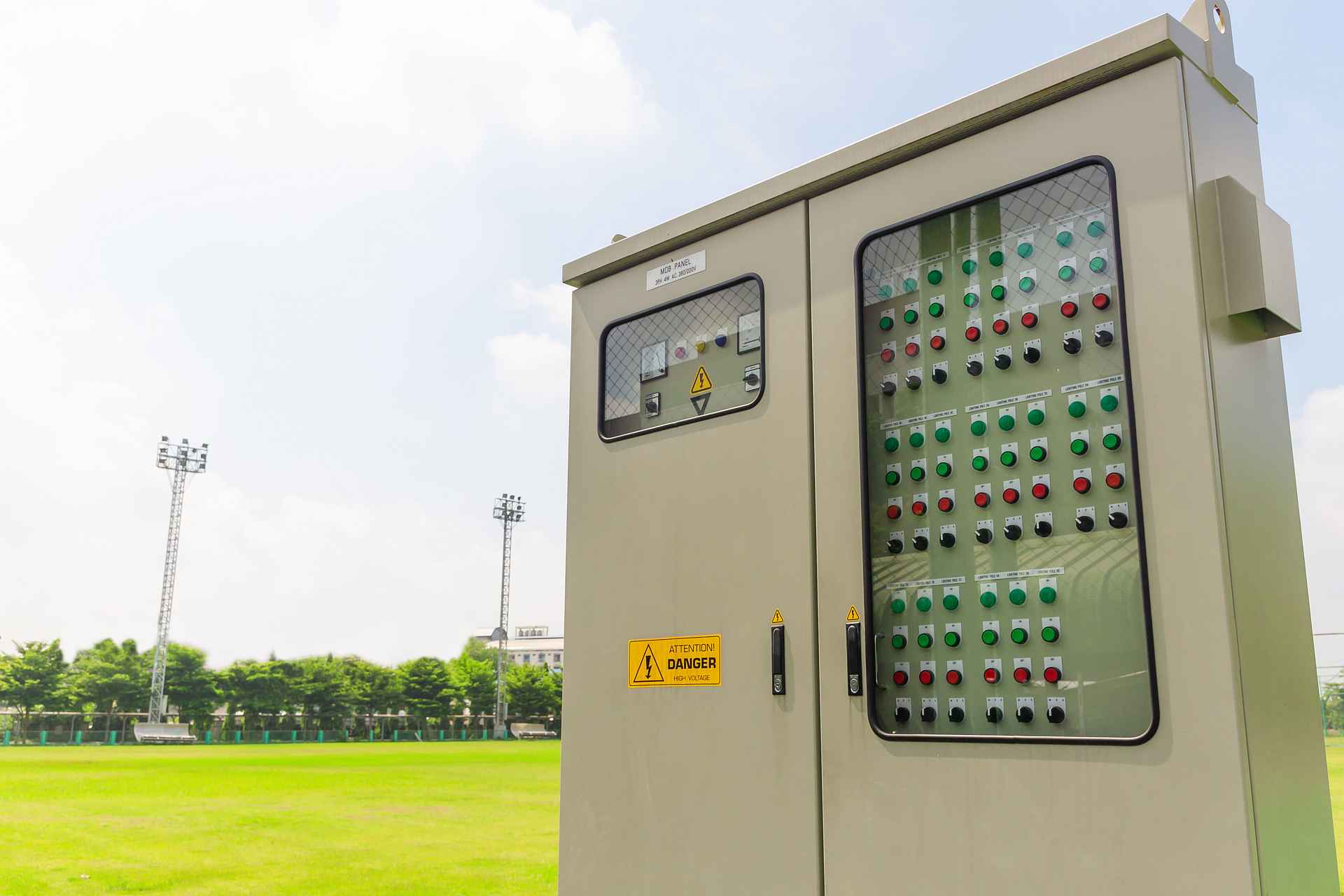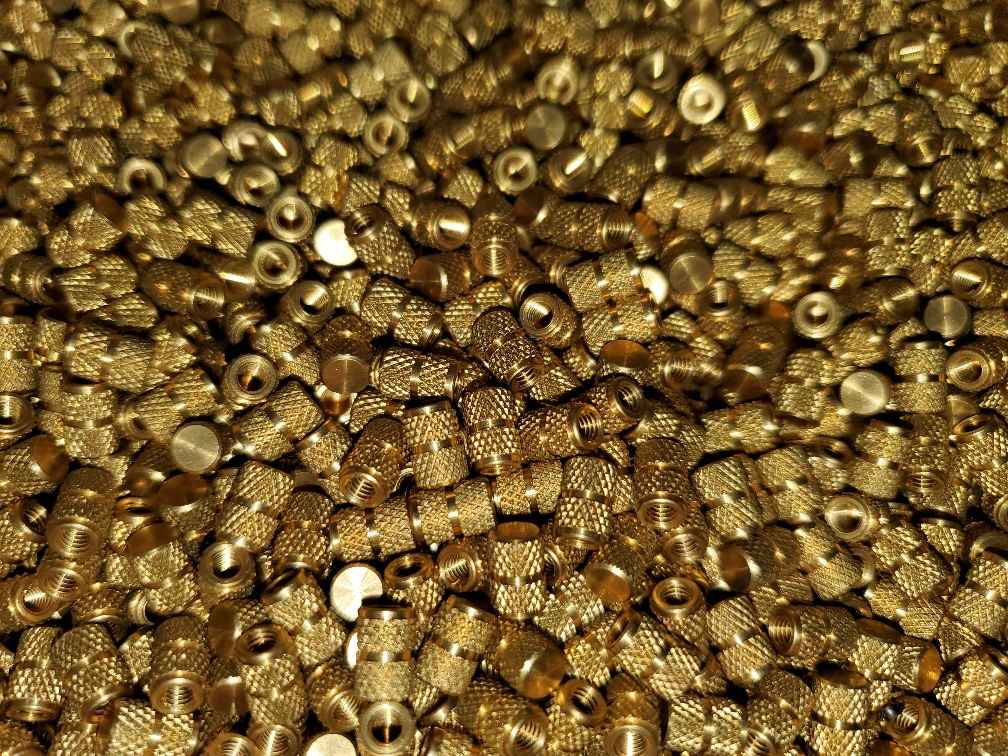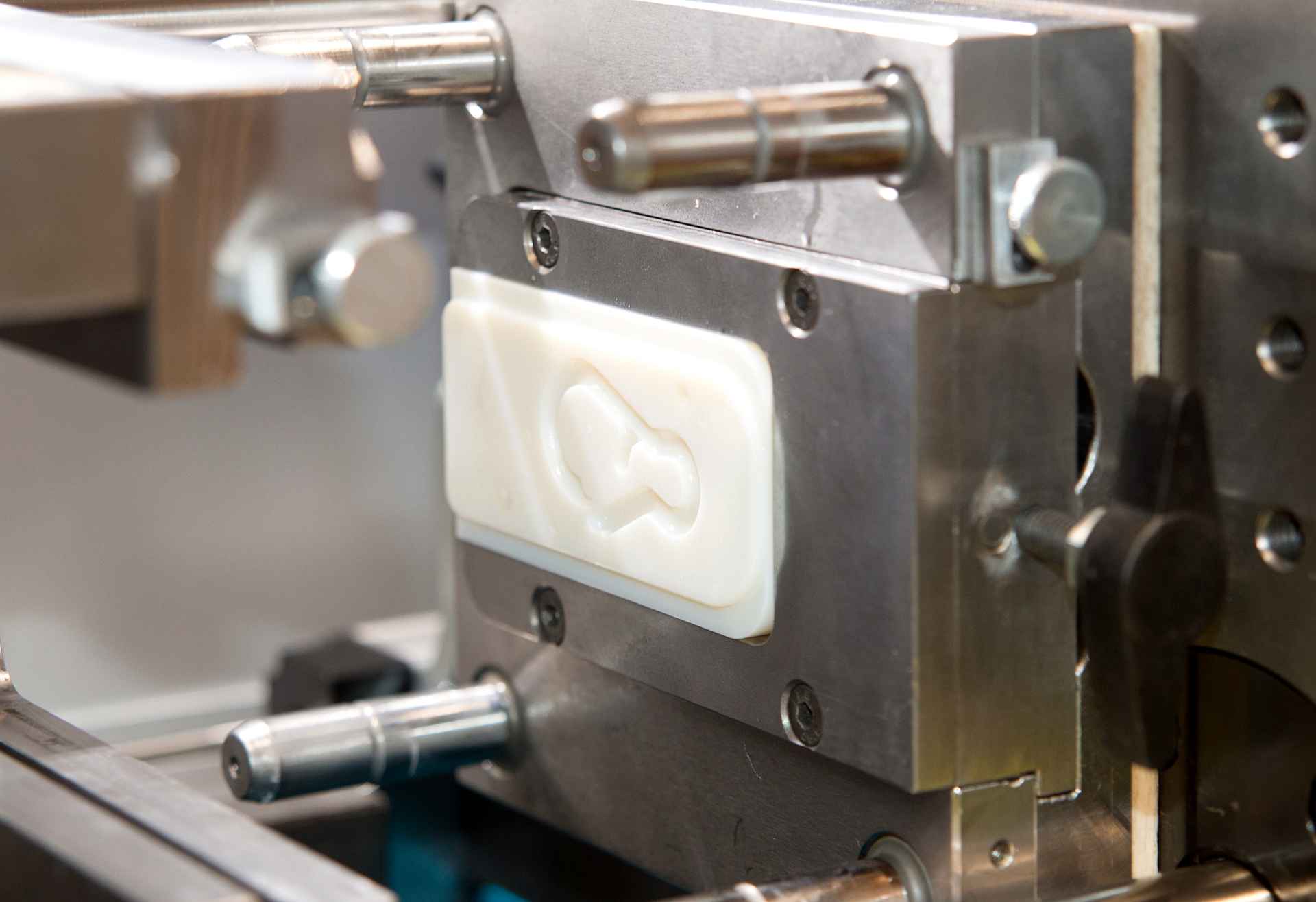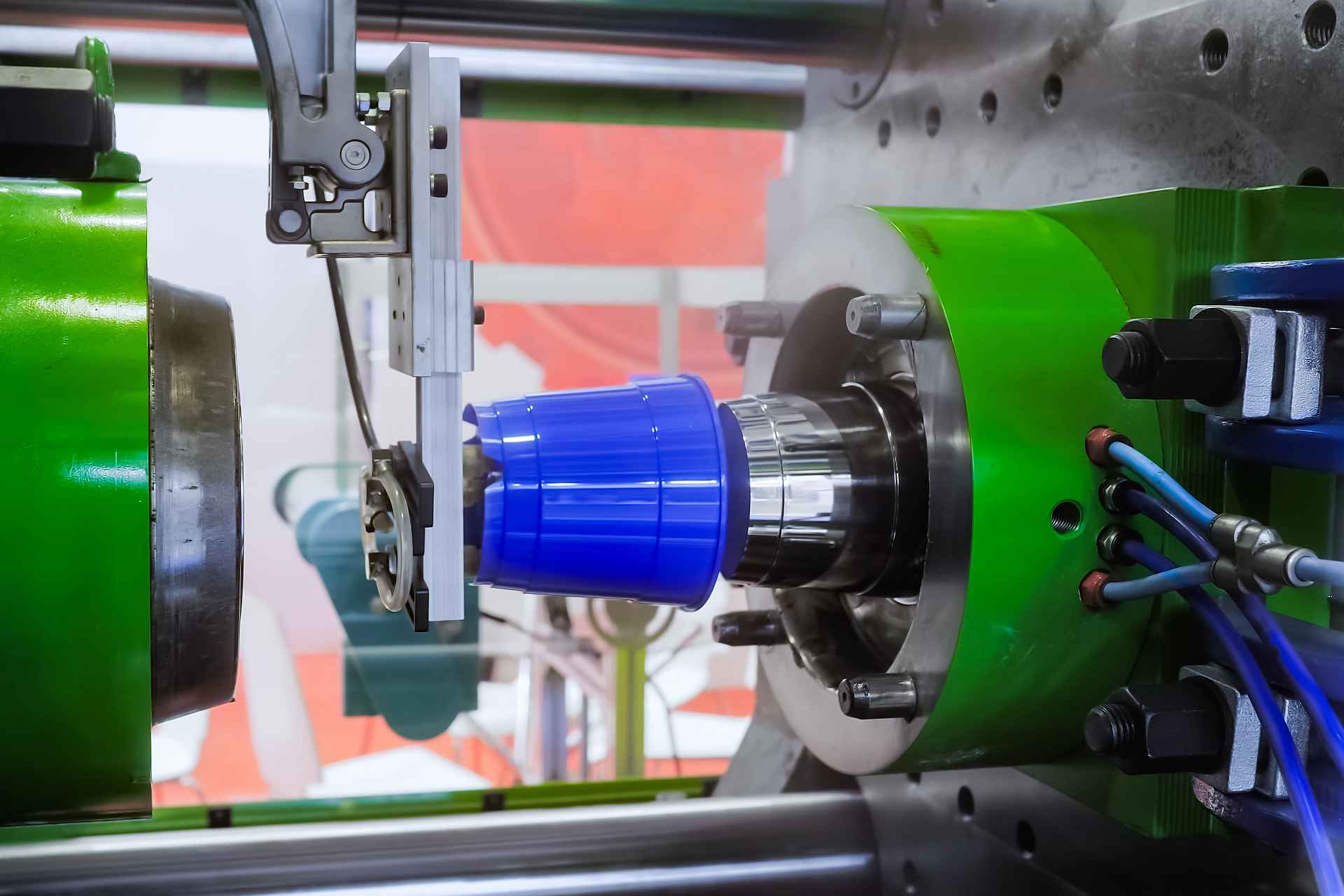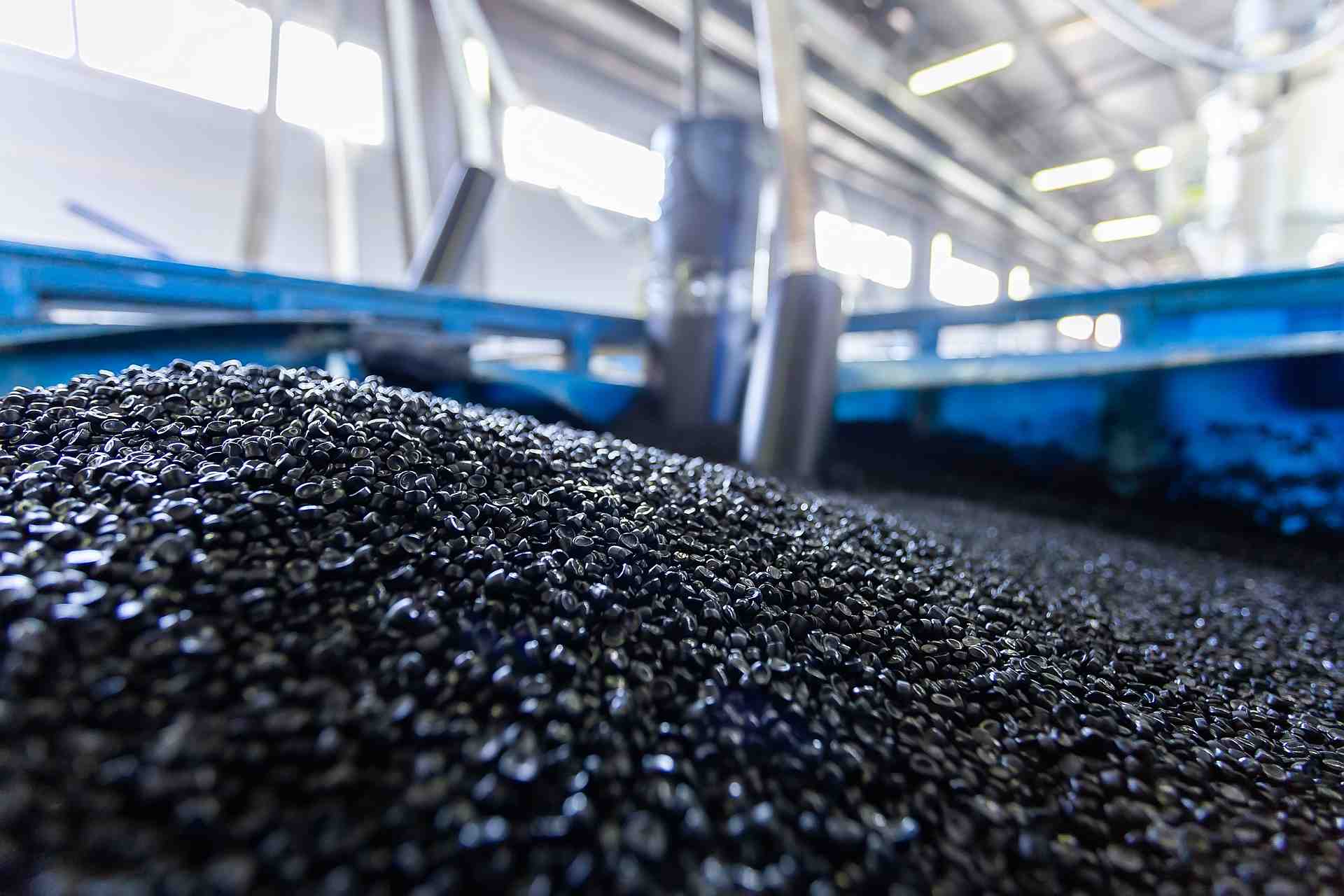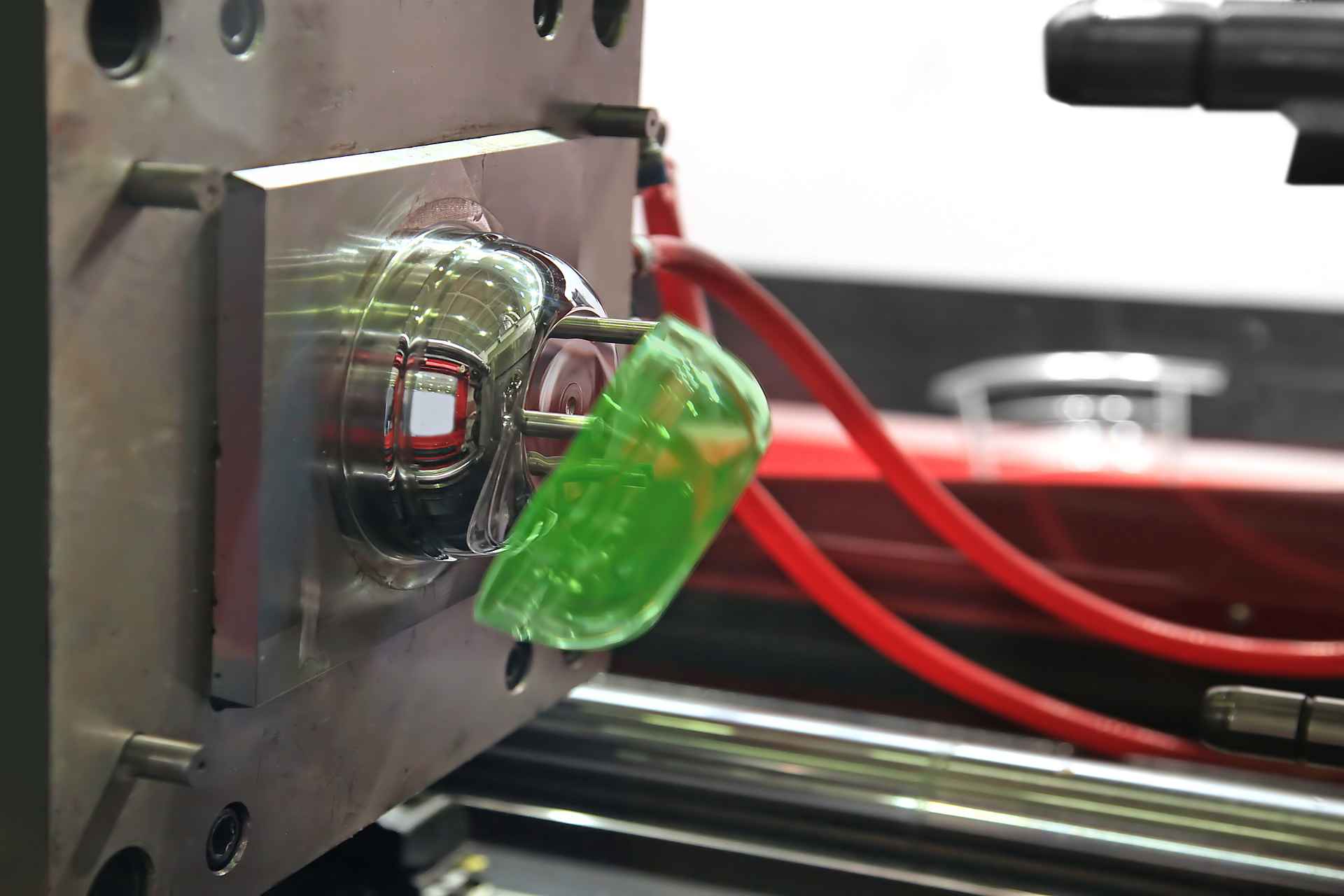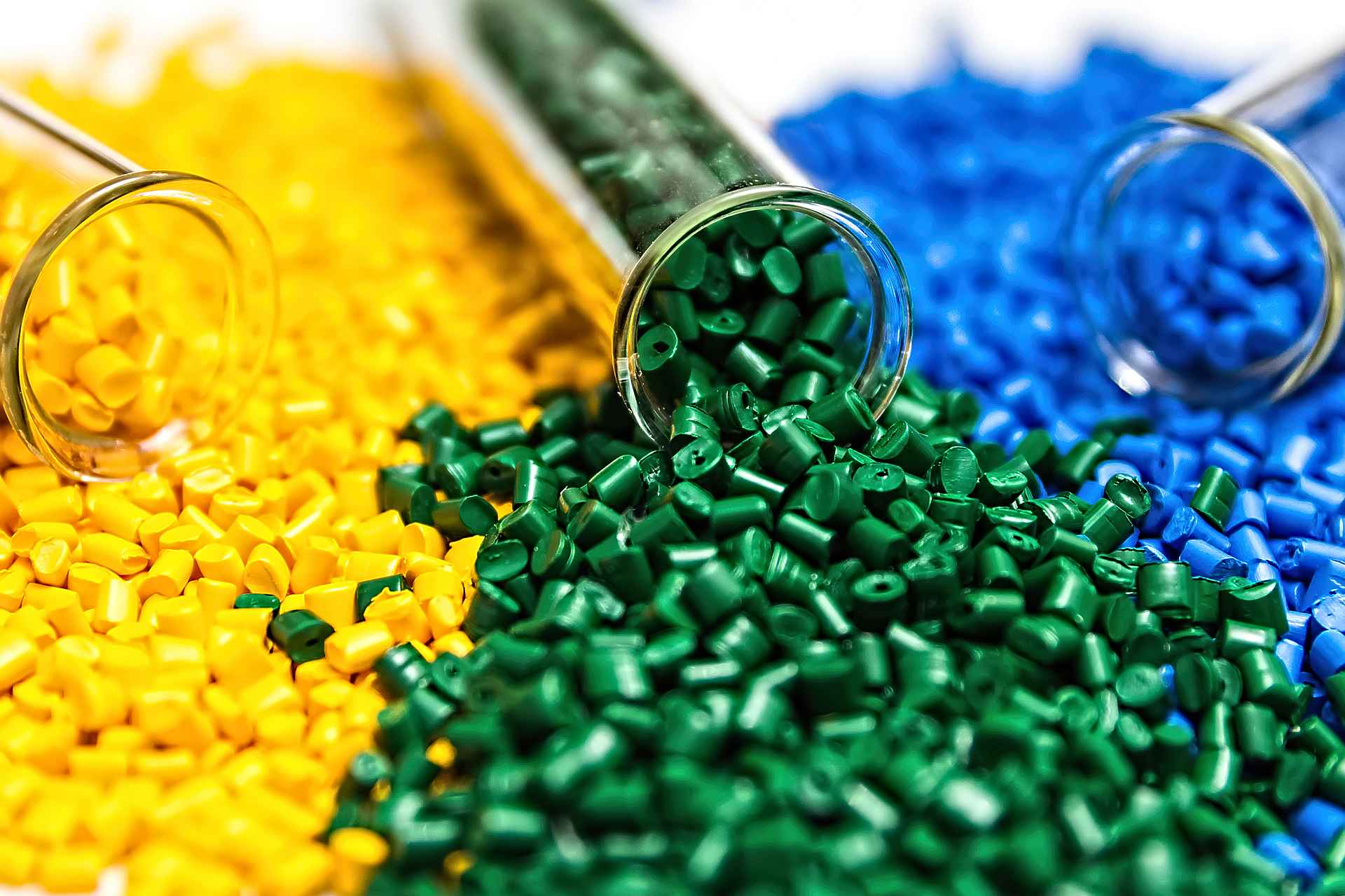For many applications, specialized plastics are the ideal material to use for manufacturing electrical enclosures. That’s why plastics have become the standard for a wide range of modern electronics applications. Below, we discuss some of the most common uses, along with some of the advantages of plastic electronic enclosures for these applications.
The Most Common Uses for Plastic Electronic Enclosures
Posted: January 18, 2023 by
Jon Gelston
Tags:
Electronic Enclosures,
Quality,
Plastic vs. metal,
Waterproofing,
plastic enclosures,
Outdoor enclosures
Protecting Electronics with Plastic Enclosures: Advantages and Applications
Posted: January 9, 2023 by
Jon Gelston
Tags:
Electronic Enclosures,
Quality,
Plastic vs. metal,
Waterproofing,
Outdoor enclosures
Specialized plastics are generally the ideal material used in today’s manufacturing of electronics enclosures. Compared to metal enclosures, plastic electronic enclosures offer a number of unique advantages such as enhanced durability and resistance to extreme temperatures. Additionally, production cost savings are often possible due to the efficiency of custom plastic molding design and manufacturing processes.
What to Look for in Outdoor Electrical Enclosures
Posted: December 21, 2022 by
Jon Gelston
Tags:
Electronic Enclosures,
Quality,
Plastic vs. metal,
Waterproofing,
Outdoor enclosures
Weatherproof, Waterproof, and What Else?
How to Select The Right Metal Inserts for Molded Plastics
Posted: November 29, 2022 by
Jon Gelston
Tags:
Plastic Injection Molding,
Plastic Injection Molding Tooling,
Plastic Injection Molding Defects,
Quality,
Plastic vs. metal,
Choosing the right plastic injection molder,
plastic enclosures
AIM Processing is a company that is focused on quality, and we have been dedicated to giving personalized attention to each molding project for nearly 30 years. As a result, our team takes great care to ensure that every project is constructed using the best possible materials for the intended application use. Beyond plastic, however, it can also be important to choose the proper metal inserts to work alongside the molded material. Explore some factors to consider when working with metal inserts.
Overmolding & Insert Molding: Is There a Difference?
Posted: November 15, 2022 by
Jon Gelston
Tags:
Plastic Injection Molding,
Plastic Injection Molding Tooling,
Plastic Injection Molding Defects,
Quality,
Choosing the right plastic injection molder,
plastic enclosures
Thermoplastic Injection Mold Design for Electronic Enclosures
Posted: November 2, 2022 by
Jon Gelston
Tags:
Plastic Injection Molding,
Plastic Injection Molding Tooling,
Plastic Injection Molding Defects,
Quality,
Choosing the right plastic injection molder,
plastic enclosures
The Benefits of Injection Molded Parts
Posted: October 12, 2022 by
Jon Gelston
Tags:
Plastic Injection Molding,
Plastic Injection Molding Tooling,
Plastic Injection Molding Defects,
Quality,
Choosing the right plastic injection molder,
plastic enclosures
Plastic Injection Molding: Step by Step at AIM Processing
Posted: September 27, 2022 by
Jon Gelston
Tags:
Plastic Injection Molding,
Plastic Injection Molding Tooling,
Plastic Injection Molding Defects,
Quality,
Choosing the right plastic injection molder,
plastic enclosures
Most Common Injection Molding Defects and How to Prevent Them
Posted: September 14, 2022 by
Jon Gelston
Tags:
Plastic Injection Molding,
Plastic Injection Molding Tooling,
Plastic Injection Molding Defects,
Quality,
Choosing the right plastic injection molder,
plastic enclosures
Custom Injection Molding: The Only Guide You Need
Posted: August 30, 2022 by
Jon Gelston
Tags:
Electronic Enclosures,
Quality,
Plastic vs. metal,
Waterproofing,
plastic enclosures
 SINCE 1993 MADE IN USA
SINCE 1993 MADE IN USA 